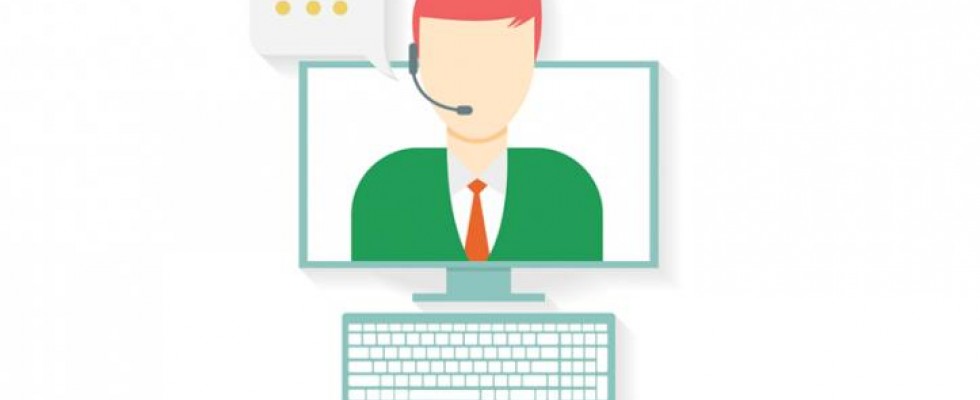
Now comes the question and answer article that was promised at the start of this series. Thank you to everyone for your participation in this particular segment. Below are the questions I received and their respective answers.
Q: Why do you suggest that a home care provider offer medical alert devices to their patients?
A: Home care providers offer many services to seniors aging-in-place to assist them in areas that are difficult for them to maintain alone—these include tasks such as household chores, preparing meals, shopping, administering medications and exercise programs and physical therapy. In addition, medical delivery services provide specialized products such as oxygen, wheelchairs, walkers, beds, etc. After all of these services and products are administered and delivered, the provider goes home, leaving the senior alone. Hospitals, rehabilitation centers and nursing homes do not allow patients to be alone without an emergency button that is monitored by the front desk. With that in mind, no senior should be home alone, either, without a medical alert system of some sort to provide help in an emergency.
Q: I have a patient who does not have a phone line in the house. Will the medical alert system still work?
A: Yes and no. A medical alert system will not work without a phone line, but you can simply add a cellular accessory to the medical alert service, and it will communicate with the central monitoring station using cell service. However, this solution will work only with monitored medical alert systems.
Q: There are two types of medical alert systems. How do I determine which one I should offer in my store?
